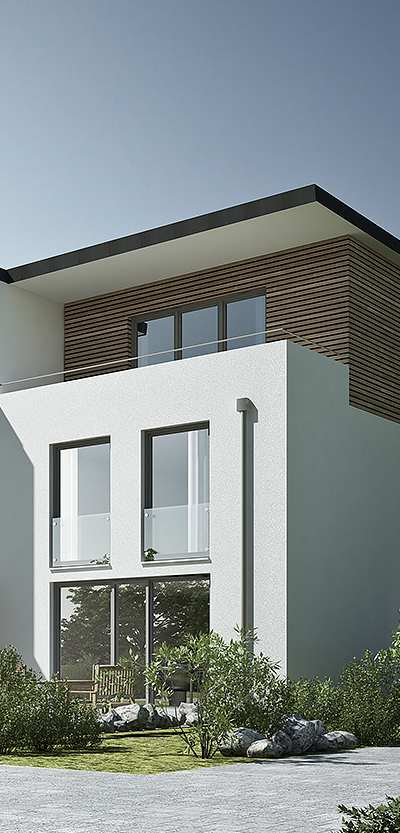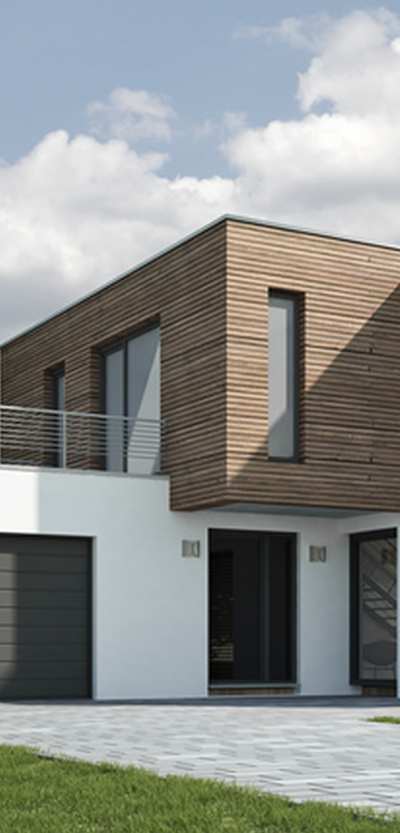You need not live in a skyscraper in New York City to enjoy spectacular views. Floor to ceiling windows are making a strong comeback and prized for their dazzling views, natural light and ability to open up spaces. Previously common in 19th century as a form of natural air conditioning, they became increasingly popular in large commercial buildings and offices. Today, modern homeowners have rediscovered the wonder of expansive floor to ceiling windows. Neuffer offers inspiring custom made solutions that will transform your room and facade while still offering excellent energy saving performance.
Flexible Design for Access, Light and Ventilation
Floor to ceiling windows, stretching not just vertically but horizontally across a room, can create a stunning visual bridge between indoors and outdoors. Whether installed on the ground floor or an upper one, they make a dramatic impact and can be used alone or across and entire wall. Unlike a static wall though, they offer a great deal of flexibility in terms of design and performance.
Typically, floor-to-ceiling windows are fixed and inoperable. There are nevertheless many methods of adding both ventilation and access options. For fresh air and ventilation options, adding an upper transom with a tilt function is a simple and frequent solution.
For both access and ventilation, incorporating French doors, folding doors or lift and slide doors will maintain the uniform glass look while enabling access to the garden or patio as well as letting fresh air in.



